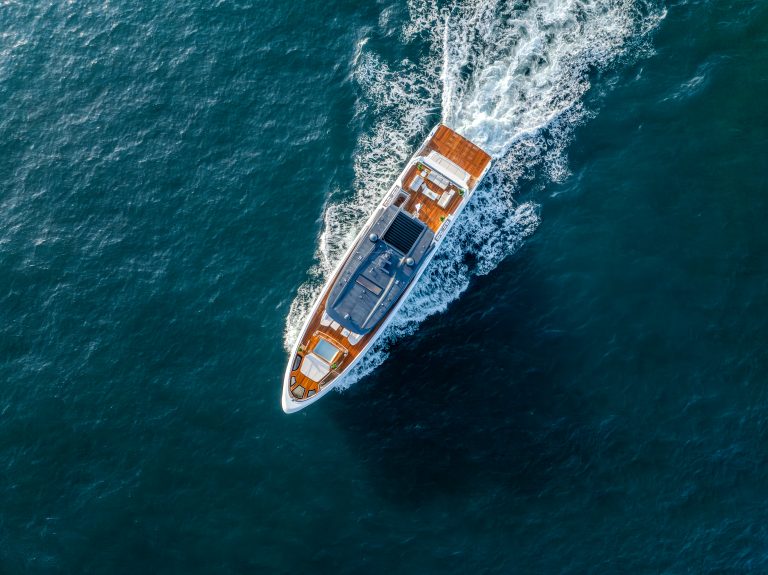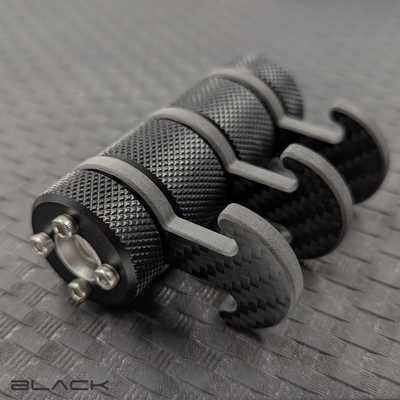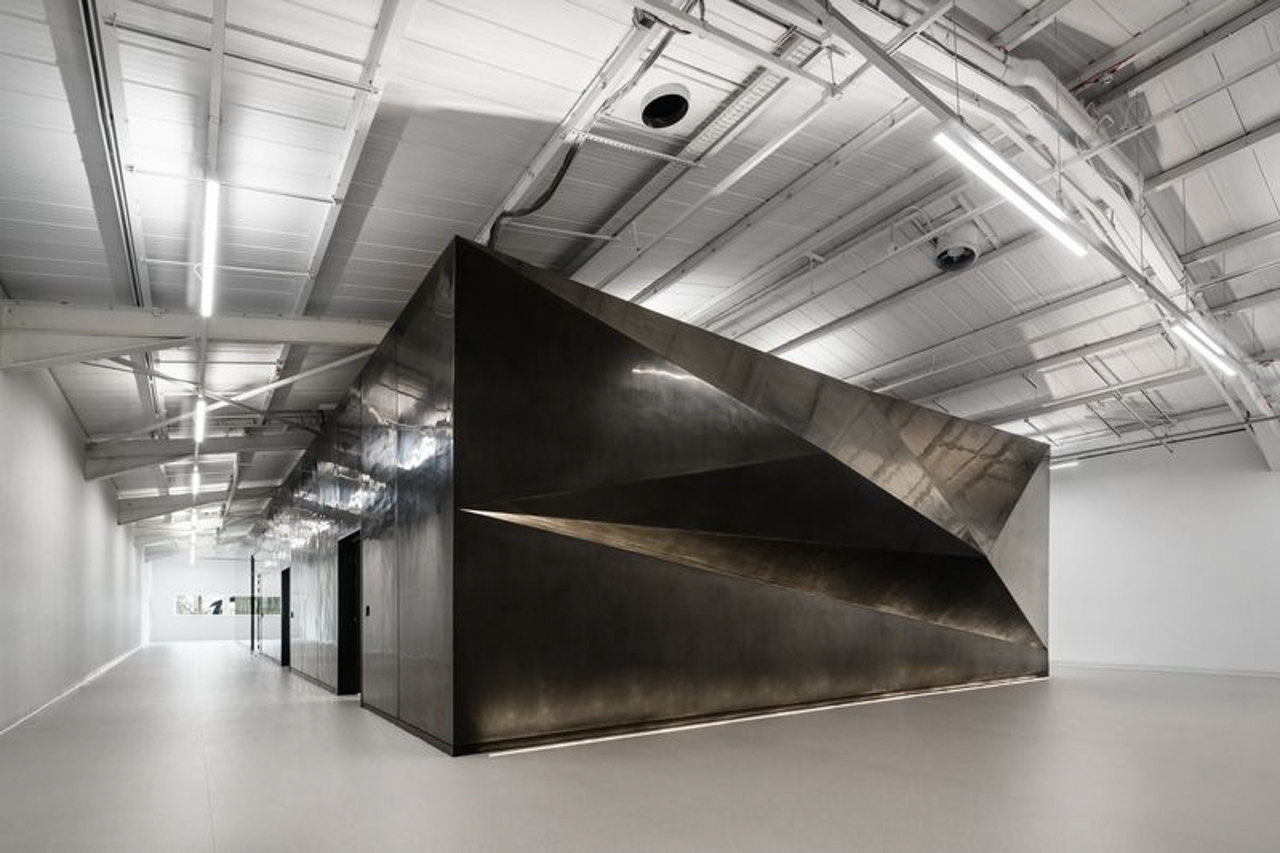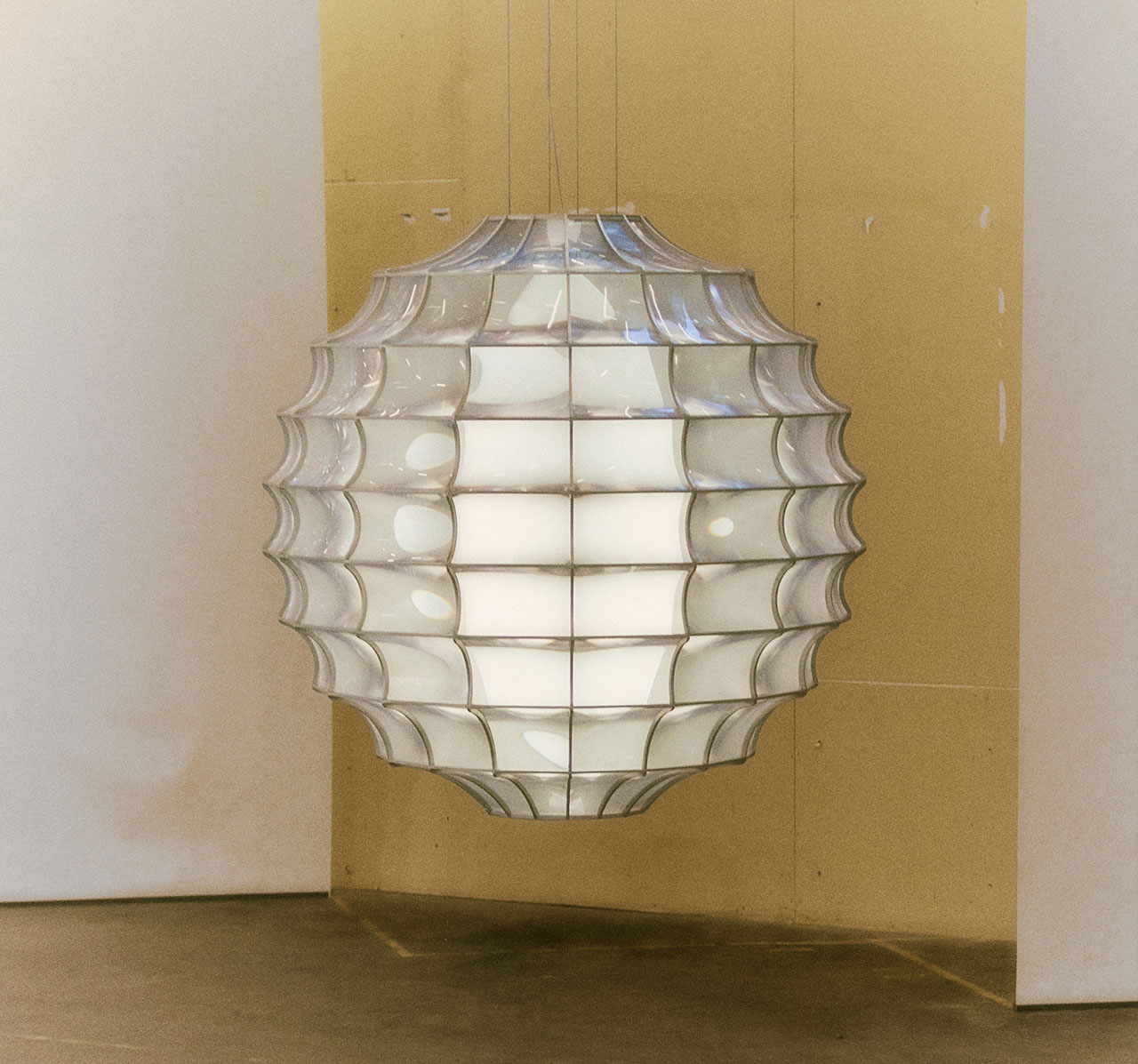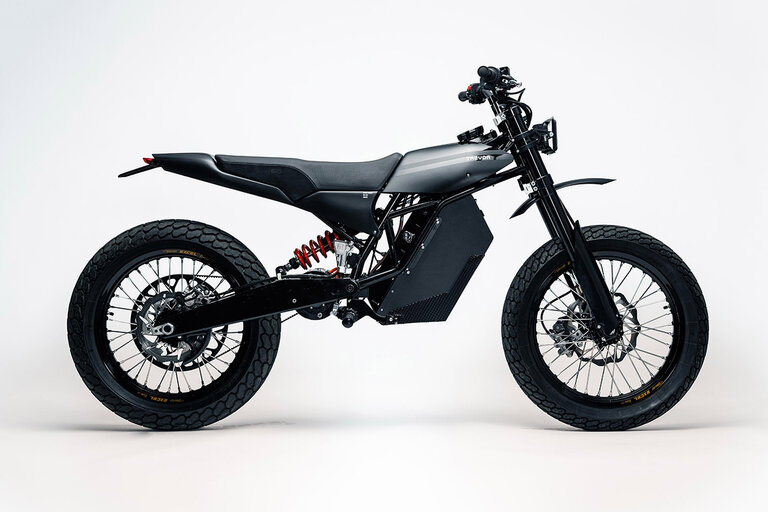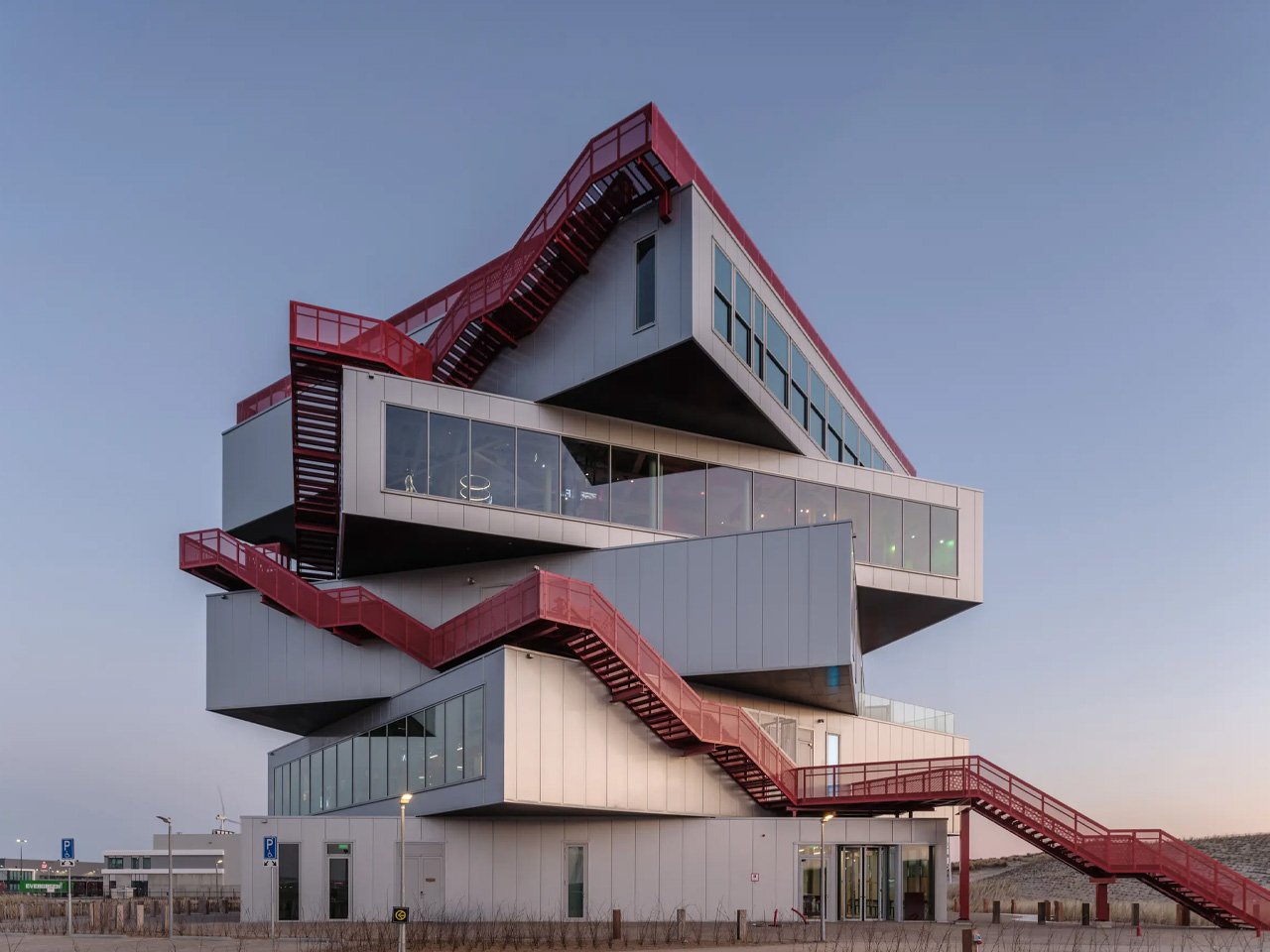Airbus hones hydrogen plan, showcases next-gen narrowbody tech
FRANCE — As part of the Airbus Summit this week, the European airframer revealed two sets of technology trees that will affect the very nature of commercial aviation in the future: one set for its next-generation narrowbody aircraft, and one set for its hydrogen-powered aircraft concept. On the next-generation narrowbody aircraft, this also included a... The post Airbus hones hydrogen plan, showcases next-gen narrowbody tech appeared first on Runway Girl.

 FRANCE — As part of the Airbus Summit this week, the European airframer revealed two sets of technology trees that will affect the very nature of commercial aviation in the future: one set for its next-generation narrowbody aircraft, and one set for its hydrogen-powered aircraft concept.
FRANCE — As part of the Airbus Summit this week, the European airframer revealed two sets of technology trees that will affect the very nature of commercial aviation in the future: one set for its next-generation narrowbody aircraft, and one set for its hydrogen-powered aircraft concept.
On the next-generation narrowbody aircraft, this also included a series of rather vague pencil-sketches that nonetheless show the direction of travel in which Airbus is heading.
The most frequently shown option, and the one with which Airbus is headlining its visuals, resembles a sleeker, longer A321neo with a fairly high dihedral angle, rather reminiscent of the Airbus A380’s high-angle wing, and a strong rake, which positions the massive open-fan engines further out than today’s narrowbody turbofans.
The incorporation of the open fan engine is a notable one, with Airbus adding a CFM RISE-style powerplant to the drawings, and citing a 20 percent fuel consumption/CO2 emission reduction “compared to today’s most efficient single-aisle engines”. (The “today’s most efficient” line is also significant, since engine efficiency improvements are often measured to the previous, not current, generation of aircraft.)
Elsewhere, few of these technology building blocks are especially new for Airbus, but this isn’t a criticism: the company should be praised for discussing each of them in depth at an early project stage over the last decade, enabling cooperation and collaboration.
More detail would be welcome on “advanced aerodynamics”, though, which can mean any number of things, from fluid dynamics improvements (air, remember, acts like a fluid around the aircraft) to vortex reduction, and could incorporate technology like the riblets used in Lufthansa Technik’s AeroSHARK film into the surface of the fuselage.
The folding wing teased is an existing block, enabling the greater aerodynamic efficiency of longer wings while ensuring that the aircraft doesn’t require larger gates. It will be informative, as the programme progresses, to see the extent to which the biomimicry from pathfinder projects like AlbatrossONE — which has wings that not only fold on the ground but also unlock in flight for aerodynamic reasons — and the eXtra Performance Wing makes it on board. Wings that appear to be flapping around will certainly require some passenger education, as early entry into service of even the Boeing 787, with its then-unusually flexible raked wingtips, showed.
Rounding out the highlights, it’s interesting to note the materials science advances that Airbus expects to be, well, material for the next-gen narrowbody. The airframer suggests that biomass composites and thermoplastics will replace the carbon fibre reinforced plastics used in today’s aircraft, with carbon fibre reinforced thermoplastics tested recently on the EU-backed public-private Clean Sky 2 programme’s Multifunctional Fuselage Demonstrator, an Airbus-led project that finished up in 2024.
The hydrogen starting point: four engines, four fuel cells
Airbus is shifting its ZEROe project’s hydrogen focus from hydrogen engine combustion to hydrogen fuel cell propulsion, and is showing a new “notional concept” — which looks rather like a bigger, curvier de Havilland Canada Dash-7 on steroids, sized for 100 passengers or more — flying over central Guangzhou in China.
This aircraft is powered by four electrically powered engines, each of two megawatts, and each driven by a fuel cell system converting hydrogen and oxygen into electrical energy. Airbus plans a duel hydrogen fuel tank system to feed the fuel cells, and is collaborating with Air Liquide in the east-central French city of Grenoble on a test platform rather delightfully called the Liquid Hydrogen BreadBoard.
This platform, project head Glenn Llewellyn explains, is “designed to simulate key elements of future aircraft architecture, tanks, valves, pipes and pumps, allowing us to validate different configurations at full scale”, as well as revealing “critical insight into safety, hydrogen operations, tank design, refuelling, venting and gauging”.
 Airbus has already identified key goals for the fuel cells: lighter weight, higher efficiency, better aerodynamics, smaller physical size, and greater power density.
Airbus has already identified key goals for the fuel cells: lighter weight, higher efficiency, better aerodynamics, smaller physical size, and greater power density.
Also identified: the possibility to use cryogenics technology thanks to the -253°C temperature at which the hydrogen needs to be stored on the aircraft — just 20° Celsius above 0° Kelvin, the absolute zero point that is essentially the coldest possible temperature — in order to make use supercooled superconductors for the electric propulsion, dramatically reducing electrical resistance and thus dramatically increasing efficiency.
As for the pivot, Llewellyn explains that, “over the last five years, we have explored multiple hydrogen-propulsion concepts, before down-selecting this fully electric concept. We are confident it could provide the necessary power density for a hydrogen-powered commercial aircraft and could evolve as we mature the technology. In the coming years, we will concentrate on advancing the storage, distribution and propulsion systems, while also advocating for the regulatory framework needed to ensure these aircraft can take flight.”
Airbus’ hydrogen journey is both fascinating and laudable. Management admits the airframer and the broader industry need more time to ensure infrastructure and regulation catch up. Questions like the quantity, quality and price of liquid hydrogen must be answered. But whilst service-entry might lag by five to ten years over prior estimates, Airbus is not taking a step back. “We’re going to use this extra time to further improve the performance of the hydrogen propulsion technologies which we’re working on,” said Llewellyn.
Related Articles:
- #PaxEx Podcast: Deep dive with ZeroAvia CEO Val Miftakhov
- Commercial viability of hydrogen flight decades away: Udvar-Hazy
- Airbus powers on ZEROe fuel cell, eyes A380 test flights in 2026
- Austrian AeroSHARK highlights fuel efficiency gain for older jets
- CFM RISE on track for ground and flight tests mid-decade: GE Aerospace
All images credited to Airbus
The post Airbus hones hydrogen plan, showcases next-gen narrowbody tech appeared first on Runway Girl.




![‘Zombie Army VR’ Shuffles to a May 22 Release; Pre-Orders Open Now [Trailer]](https://bloody-disgusting.com/wp-content/uploads/2025/03/zombiearmy.jpg)

![Tubi’s ‘Ex Door Neighbor’ Cleverly Plays on Expectations [Review]](https://bloody-disgusting.com/wp-content/uploads/2025/03/Ex-Door-Neighbor-2025.jpeg)
![Uncovering the True Villains of Gore Verbinski’s ‘The Ring’ [The Lady Killers Podcast]](https://bloody-disgusting.com/wp-content/uploads/2025/03/Screenshot-2025-03-27-at-8.00.32-AM.png)











































![Time-Tasting Places in 3 Current Releases [THE POWER OF THE DOG, PASSING, NO TIME TO DIE]](https://jonathanrosenbaum.net/wp-content/uploads/2021/11/000thepowerofthedog-1024x576.png)






































































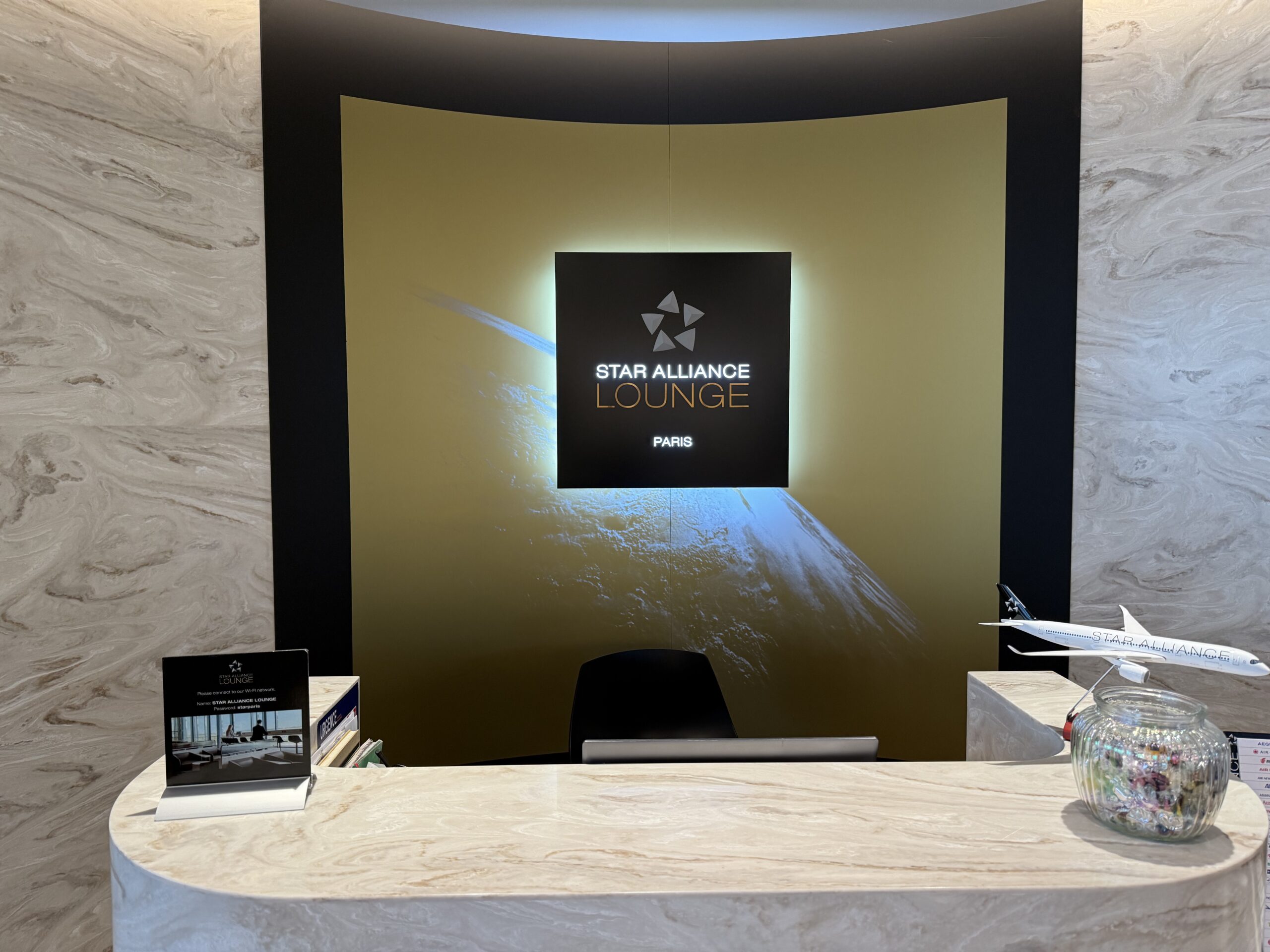















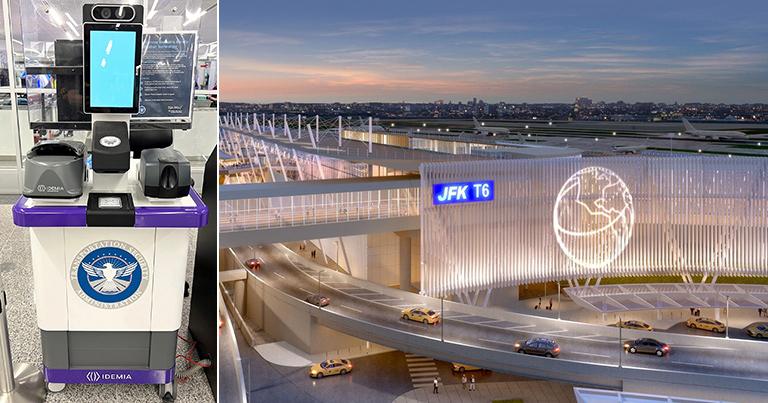



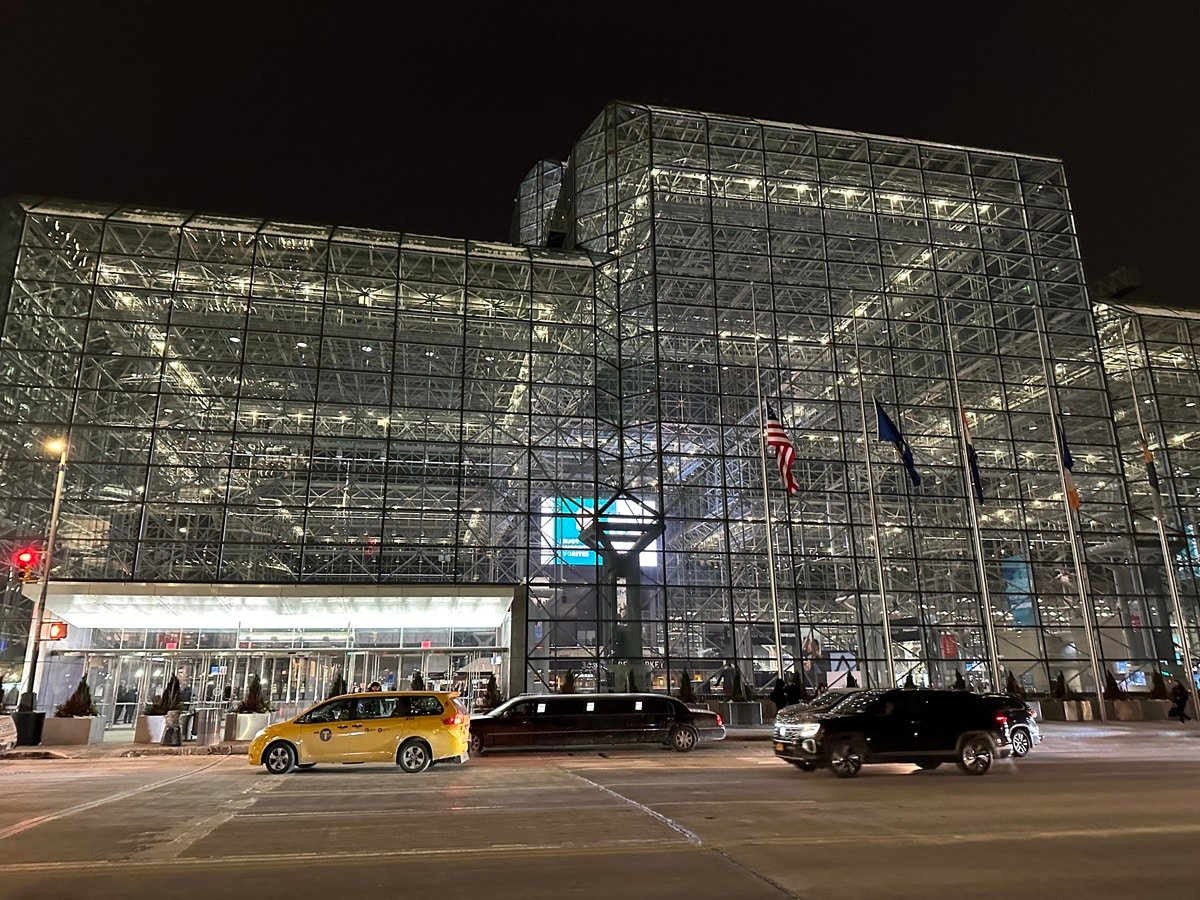



































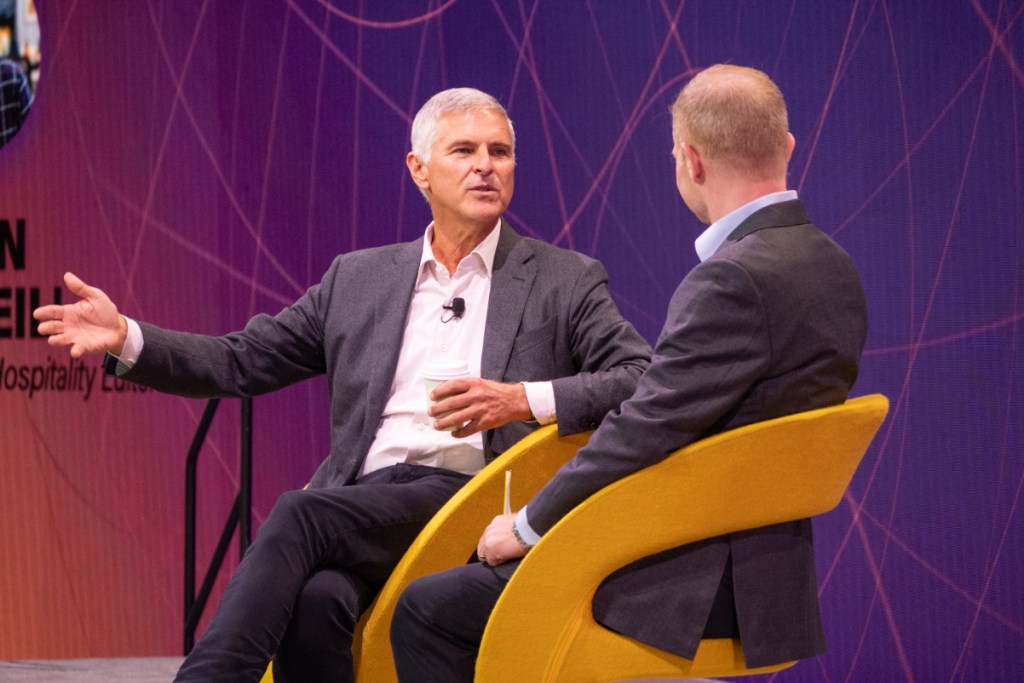

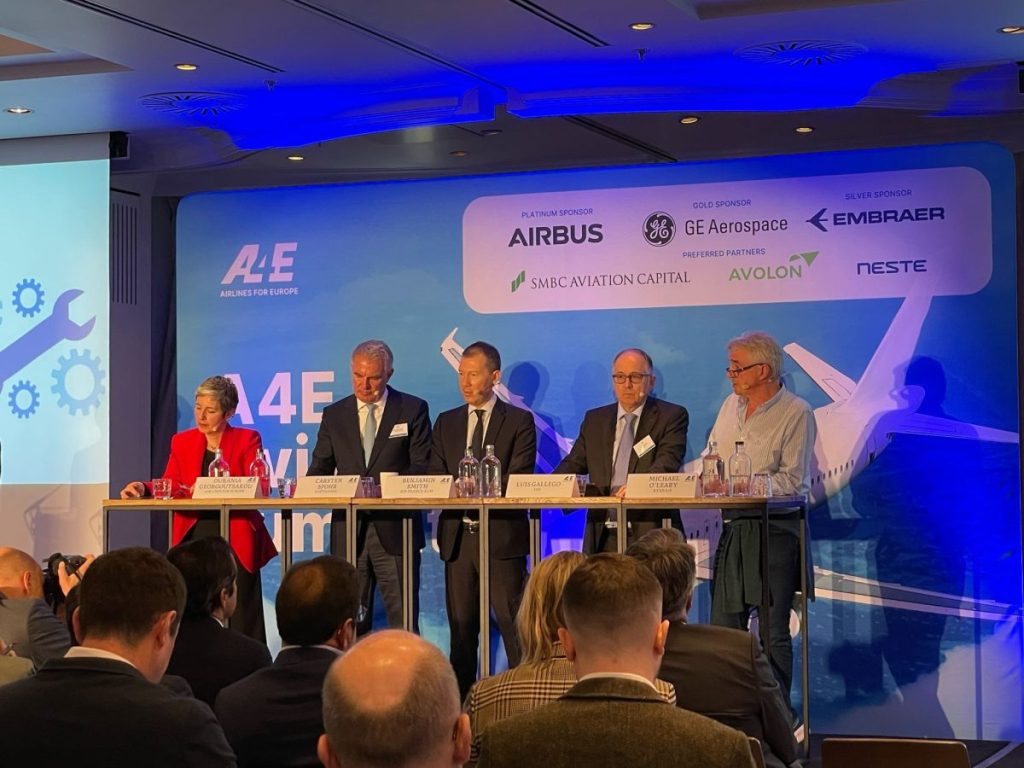





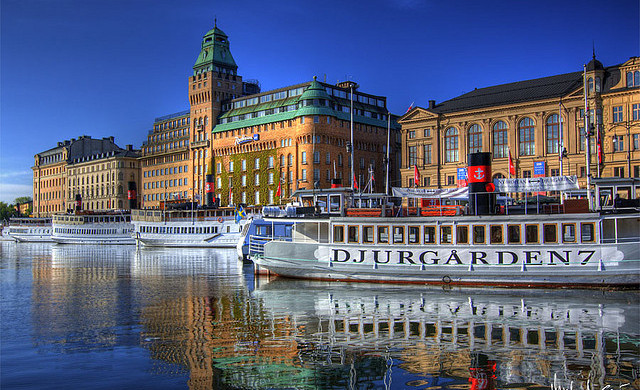
















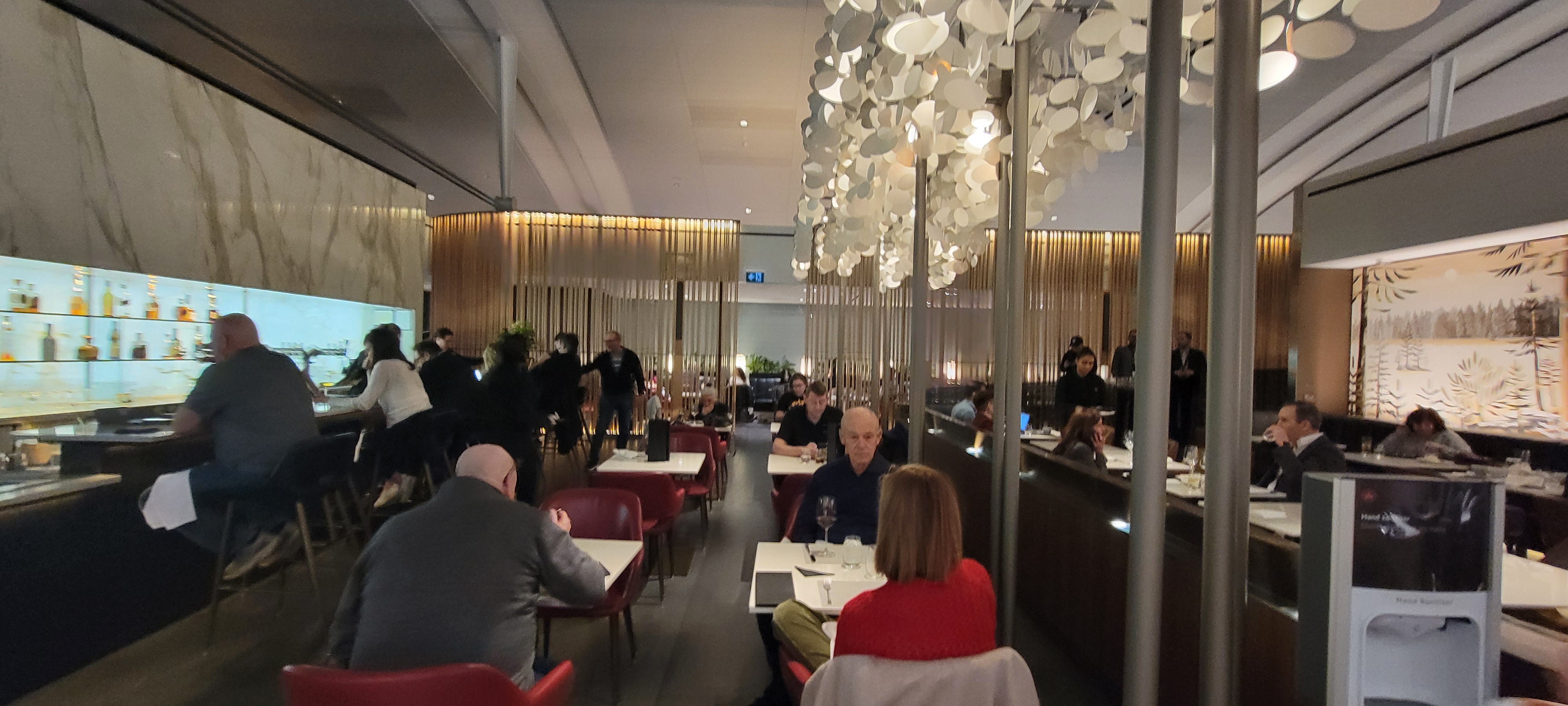

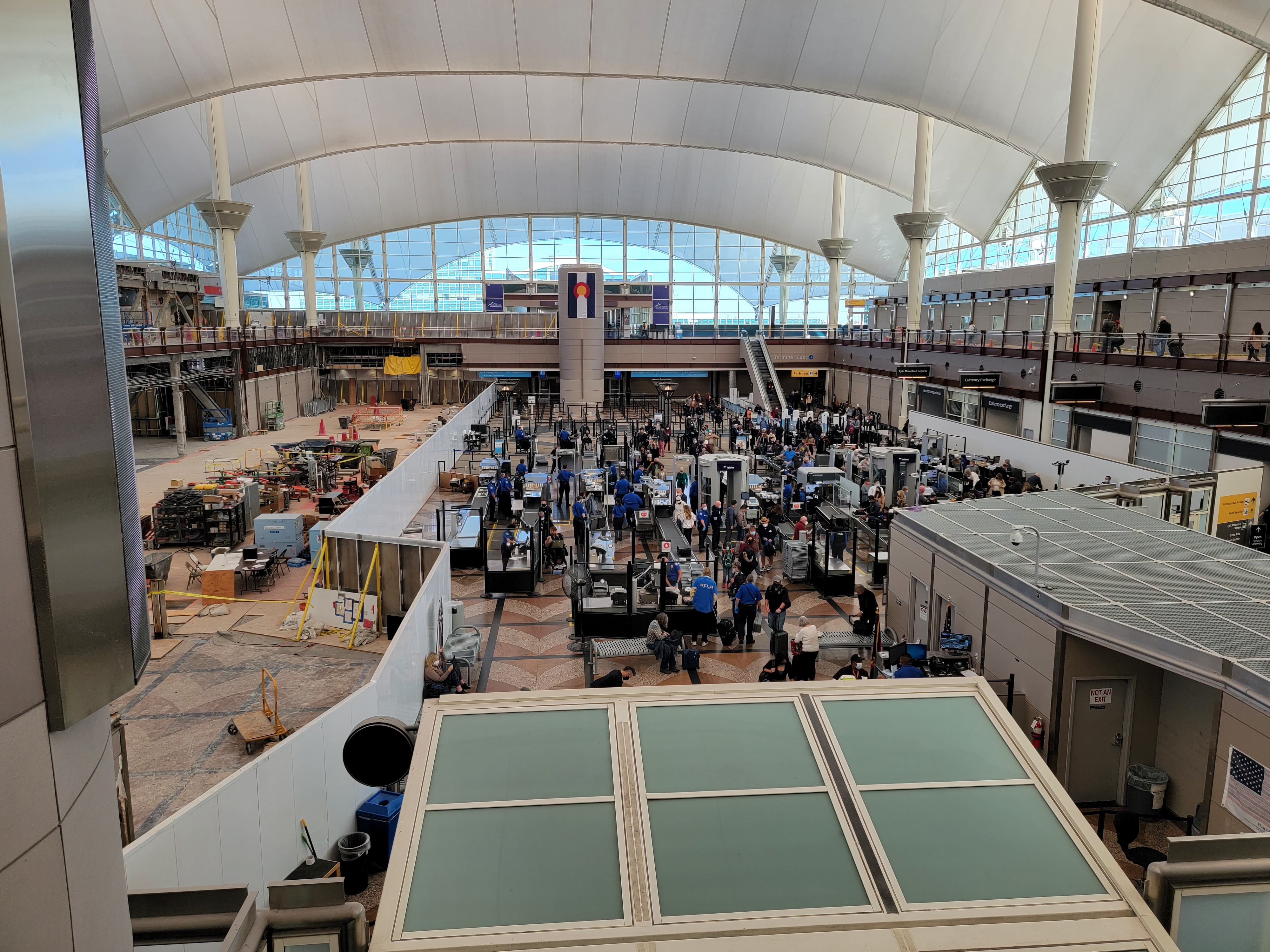





























.png?#)

































































